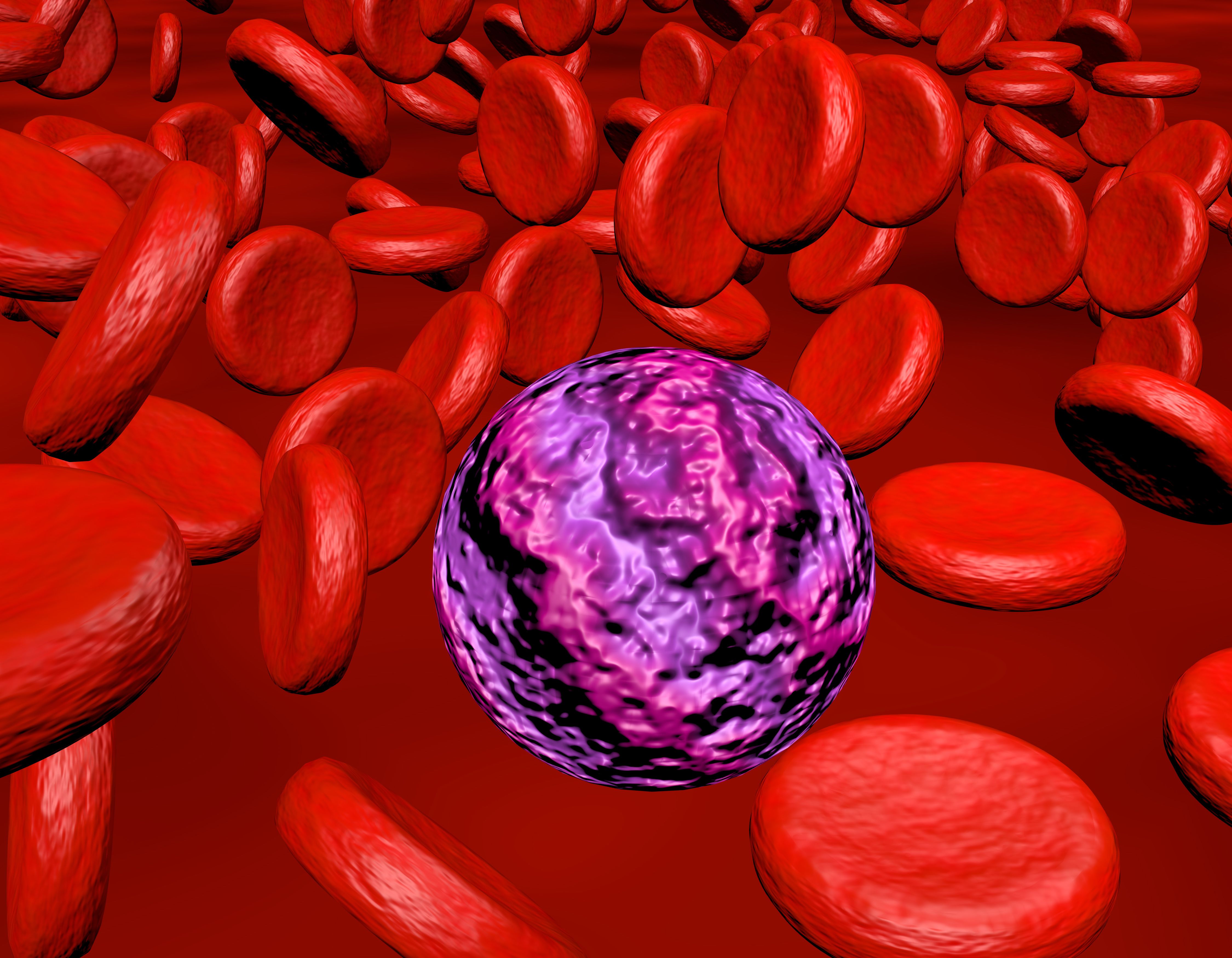PEG-ASNASE/Chemo Does Not Improve Outcomes in High-Risk ALL
Adding pegylated L-asparaginase to consolidation chemotherapy demonstrates a modest decrease in minimal residual disease negativity among those with high-risk acute lymphoblastic leukemia.
“Overall, outcomes in these [high-risk] patients can be considered relatively satisfactory and comparable with those obtained with other intensive therapeutic strategies. However, this early intensification of chemotherapy with the 4 additional doses of PEG-ASNASE in [high-risk] patients has not resulted in improved disease control or clinical outcome,” according to the study authors.

Intensifying consolidation chemotherapy with pegylated L-asparaginase (PEG-ASNASE) resulted in no significant benefit in terms of decreasing relapses, and yielded a higher rate of toxicity among patients with high-risk acute lymphoblastic leukemia (ALL), according to phase 1b findings from the phase 3 AIEOP-BFM ALL 2009 study (NCT01117441).
A polymerase chain reaction minimal residual disease (PCR MRD) level of at least 5 x 10–4 was highlighted in 13.9% of patients who received PEG-ASNASE compared with 17.0% in those who did not (P = .25). The corresponding rates in each respective arm were 11.6% vs 15.9% in patients with B-cell precursor (BCP) ALL (P = .17) and 18.6% vs 19.0% in those with T-cell ALL (T-ALL; P = .93). Among those with an MRD level of at least 5 x 10–4 at the end of phase 1a (n = 453), MRD continued to be high in 21.2% (n = 50) and 27.7% (n = 60) of those in each respective arm (P = .11).
Across the intent-to-treat (ITT) population, investigators reported a 5-year event-free survival (EFS) rate of 70.4% in the experimental arm vs 75.0% in the control arm (P = .18). Moreover, the estimated overall survival (OS) rate at 5 years was 81.5% vs 84.0% in each respective arm (P = .25). The cumulative incidence of relapse (CIR) at 5 years was 17.7% in the experimental arm and 17.2% in the control arm.
Based on a Cox model analysis for estimating treatment effect on EFS, the hazard ratio in the ITT population was 1.05 (95% CI, 0.78-1.42; P = .73). Additionally, subgroup analysis findings do not highlight any significant treatment effect on EFS among those with BCP-ALL or T-ALL.
“Overall, outcomes in these [high-risk] patients can be considered relatively satisfactory and comparable with those obtained with other intensive therapeutic strategies. However, this early intensification of chemotherapy with the 4 additional doses of PEG-ASNASE in [high-risk] patients has not resulted in improved disease control or clinical outcome,” the study authors wrote. “This suggests that within intensive treatment protocols, further improvements are difficult to achieve with intensification of antileukemic therapy, as other recent studies have shown.”
In the AIEOP-BFM ALL 2009 study, patients received induction protocol treatment with prednisone or dexamethasone plus vincristine, daunorubicin, and 1 dose of PEG-ASNASE at 2500 IU/m2. Those who were considered to have high-risk disease following phase 1a were assigned to receive consolidation treatment with 6-MP plus cyclophosphamide, cytosine arabinoside, and ITMTX with (n = 404) or without (n = 405) PEG-ASNASE at 2500 IU/m2 once a week for 4 weeks.
The study’s primary end point was the rate of PCR-MRD at the end of consolidation phase 1b treatment. Secondary end points included EFS and OS. Patients with at least 1 high-risk factor at the end of phase 1a including a KMT2A::AFF1 rearrangement, poor response to prednisone, high residual leukemia levels on day 15 of induction treatment, or lack of morphological or clinical complete remission (CR) were eligible for inclusion in this phase of the study.
In the experimental and control arms, respectively, most patients were male (64.1% vs 63.7%), between 1 to 5 years old (40.6% vs 37.3%), and had BCP-ALL (64.1% vs 64.8%). Additionally, most patients in each respective arm had a poor response to prednisone (52.1% vs 51.7%). Overall, prognostic features were comparable between treatment arms.
Investigators highlighted medically important adverse reactions in 22.2% of patients who received the additional PEG-ASNASE compared with 8.9% of those who did not. Fifteen patients experienced an allergic reaction to PEG-ASNASE, and 6 patients in the experimental arm died in phase 1b due to infection due to infection in 4, pancreatitis in 1, and thrombosis in 1.
“[PEG-ASNASE] was associated with increased toxicity with more than doubled medically important adverse reactions. Considering the pharmacokinetics and the pharmacodynamics of this drug, however, it may be argued that the full effect could also be achieved with a less intensive schedule, which might be associated with a decreased toxicity,” the study authors wrote.
Reference
Conter V, Valsecchi MG, Cario G, et al. Four additional doses of PEG-L-asparaginase during the consolidation phase in the AIEOP-BFM ALL 2009 protocol do not improve outcome and increase toxicity in high-risk ALL: results of a randomized study. J Clin Oncol. Published online December 14, 2023. doi:10.1200/JCO.23.01388